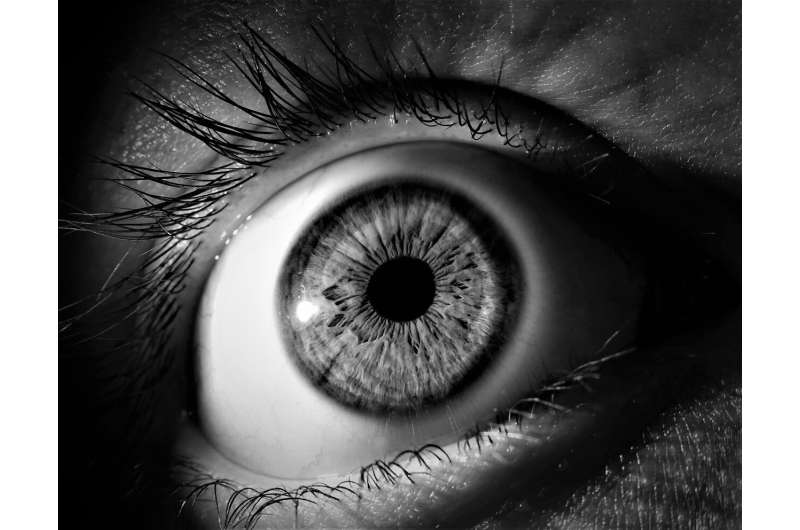
Credit: Pixabay/CC0 Public Domain
Most patients with thyroid eye disease treated with teprotumumab didn’t require additional treatment nearly two years later, according to industry-supported research being presented Sunday at ENDO 2024, the Endocrine Society’s annual meeting in Boston, and published in the journal Thyroid.
“Thyroid eye disease is a lifelong autoimmune disease that can worsen or flare, regardless of how it has been treated. This is the case for many autoimmune diseases,” said George Kahaly, M.D., Ph.D., professor of medicine and endocrinology at Johannes Gutenberg University Medical Center in Mainz, Germany. “Given the enduring nature of thyroid eye disease, it is important to understand whether patients who are treated with a full course of teprotumumab (eight infusions) can expect to experience lasting improvements in signs and symptoms, like eye bulging and double vision.”
Due to the longevity of thyroid eye disease, Kahaly added, it was important to look at longer-term results after treating patients with teprotumumab. Kahaly and colleagues sought to answer whether or not patients with thyroid eye disease would see sustained improvements in eye bulging (proptosis) and double vision (diplopia).
The researchers analyzed pooled clinical trial data beyond the 24-week treatment period for patients in phase 2, OPTIC, and OPTIC-X studies who received a full course of teprotumumab, up to week 72 (51 weeks post-final teprotumumab infusion). They also investigated whether or not patients received additional therapy from week 24 through week 120 (99 weeks post-therapy) as a measure of persistent benefit.
The data revealed patients who received teprotumumab mostly maintained efficacy 51 weeks after the final infusion at week 72.
Nearly two years after the treatment period was complete, 82% of patients did not need further treatment for thyroid eye disease. Of the 106 reporting patients, 18% (19/106) received additional medication, either systemic steroids or teprotumumab, and/or remedial periocular surgery as of 99 weeks post-therapy.
“As physicians consider treatment approaches for their thyroid eye disease patients, they now have longer-term data to support the use of teprotumumab in appropriate patients,” Kahaly said.
Citation:
Thyroid eye disease patients report maintained improvement two years after teprotumumab infusions (2024, June 2)
retrieved 2 June 2024
from https://medicalxpress.com/news/2024-05-thyroid-eye-disease-patients-years.html
This document is subject to copyright. Apart from any fair dealing for the purpose of private study or research, no
part may be reproduced without the written permission. The content is provided for information purposes only.
>>> Read full article>>>
Copyright for syndicated content belongs to the linked Source : Medical Xpress – https://medicalxpress.com/news/2024-05-thyroid-eye-disease-patients-years.html










